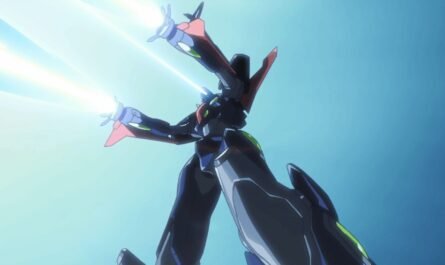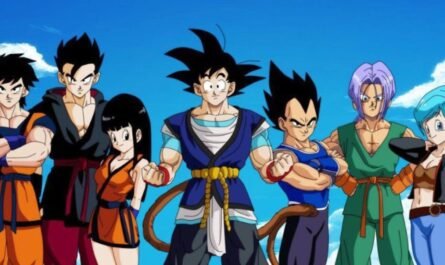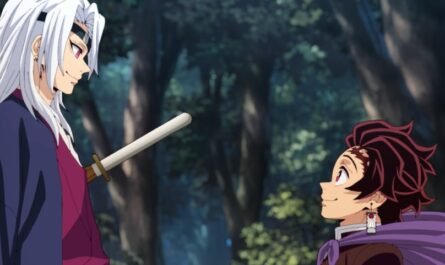In the most recent edition of the Oxford English Dictionary, 23 new Japanese words were introduced, including katsu, donburi, and onigiri.
Over 50% of the borrowed words relate to cooking or food. Okonomiyaki, a kind of savory pancake, and santoku, a knife with a short, flat blade that curls down at the tip, were included. The word “okonomiyaki” comes from the combination of the words “what you like” (okonomi) and “to fry, to sear” (yaki).
Katsu, which is a term that originated in Japan and is derived from the English word “cutlet,” is a boomerang word. It refers to a piece of meat, seafood, or vegetable that is coated in flour, egg, and panko breadcrumbs, deep-fried, and cut into strips.
The bowl in which this food is served is sometimes called donburi, a reference to a Japanese dish of rice topped with various toppings. Danica Salazar, executive editor of OED World Englishes, speculated that the culinary use may have something to do with the Japanese adverb donburi, which means “with a splash” and “could be an allusion to the sound of ingredients being dropped into a bowl.”
The lexicon was expanded to include the term “omotenashi,” which denotes good hospitality and is defined as “thoughtfulness, close attention to detail, and the anticipation of a guest’s needs.”
Several art-related phrases are also included in the update. “The amount of words that English has borrowed from Japanese in the arts and crafts domain shows how artists from all over the world have been inspired by Japanese art for centuries,” Salazar added.
The Japanese technique of kintsugi, which involves piecing broken pottery pieces back together and filling gaps with lacquer that has been coated with powdered gold, silver, or platinum to draw attention to the patched object’s defects, was applied. “The term then came to signify a different kind of aesthetics or worldview that views healing as a necessary aspect of the human condition and embraces imperfection,” Salazar stated.
The OED includes included works in the Japanese fantasy literature genre known as isekai, which tells the story of a character who is either transferred to or reincarnated in an unusual or foreign realm. Hayao Miyazaki’s Studio Ghibli picture The Boy and the Heron, in which 12-year-old Mahito finds an abandoned tower that serves as a portal to a mythical world, is a current example of the genre.
With regard to the latest set of Japanese terms, OED editors collaborated with scholars from Tokyo University of Foreign Studies. This quarter’s report includes the non-Japanese terms “biblophilia,” “ultra-processed,” and “Bible-bashing.”











